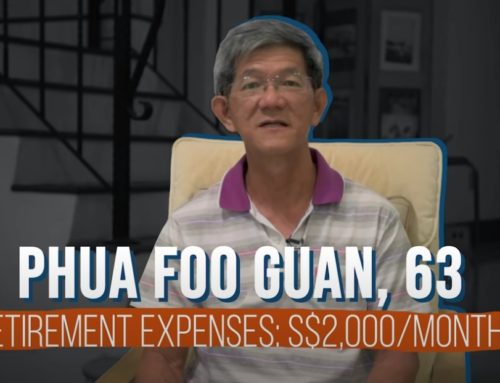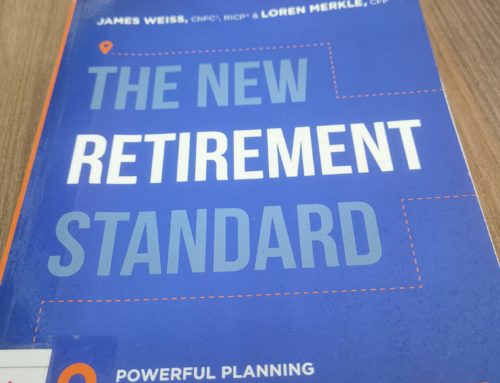As part of my job, understanding how our CPF system works is crucial in strategizing financial plans for my clients. I am also privileged to work with clients who work in CPF and IRAS, and who have much more knowledge and experience than I do. The more I find out about our CPF system, the more I realize just how complex this system is. Here are just 6 interesting strategies that many may not understand or know about their CPF monies.
-
1. Cash top-ups. You can do cash top-ups to your CPF Special Account (SA) up to the Full Retirement Sum (FRS) value only. This means that the time window for you to deposit additional cash in this ‘high-yield’ account is limited and once your SA reaches the FRS value ($181k currently), you cannot do cash top-ups anymore. So it might be a good idea (if liquidity is not crucial) to do cash top-ups as early as possible so that your cash starts enjoying the higher interest rate earlier. Note that your regular CPF contributions arising from your salary, will still be deposited into your SA even after the FRS amount has been reached.
2. CPF Mortgage Interest Rates. You are potentially paying much higher interest rates if you have used your CPF funds to finance your property purchase. CPF charges you 0.1% on top of existing CPF Ordinary Account (OA) interest rates on your loans. So currently, you are charged 2.6% interest on what you have used from your OA to purchase your property.
3. CPF Account Allocations. If your Medisave Account (MA) is maxed out at the Basic Healthcare Sum (currently: $60k), any contributions meant for the MA will flow into the SA. But if your SA is maxed out at the FRS value, then it will be flow into the OA. So it basically means that if you have hit FRS in your CPFSA, your MA contributions will be earning much less interest in the OA rather than in the MA or the SA. This means that making additional voluntary contributions may not make as much sense.

4. CPF Withdrawals. When you reach 55 and beyond, you can actually choose to withdraw the amount in excess of the current FRS amount (or BRS amount if you own a property with remaining lease at least till 95). So if your OA + SA + Retirement Account (RA) value is $200k, and assuming today’s FRS of $181k, you can actually withdraw $19k from your CPF as cash.
5. CPF Top-ups after 55. Cash top-ups after age 55 can only go into the Retirement Account, which means that lump sum withdrawals of the top-ups are not allowed subsequently. It can only be withdrawn as part of the increased CPF Life payouts due to the top-ups.
6. Choice of BRS, FRS and ERS. While the choice is given at age 55 for the desired retirement sum (BRS, FRS or ERS) scheme, you do not have to make the decision immediately and can usually wait till just before payouts start to decide. This is especially true for someone considering going for higher payouts. For example if you have already set aside FRS amount (by default) in the RA, you do not need to decide to upgrade to ERS at 55, but rather, can choose to leave any excess in the SA or RA accounts to reap the same interest. You will then have flexibility to withdraw the excess in cash if the need arises or just before payout starts, you can opt for ERS to get the higher payouts then.
There are of course lots of other subtle clauses and conditions tied to each of the above points that I cannot go into great detail in this post. But needless to say, our CPF monies are an essential part of our retirement planning, to neglect it or to assume ignorance will be foolhardy and you are definitely not doing yourself any favors. If you are curious to find out more and how to better optimize your CPF, do contact me here and I will be happy to assist.














Recent Comments